I had a conversation with a fellow writer recently about contractions, when they’re appropriate to use and when they should be avoided.
But first, what are contractions? Is there a contractions list?
At The Write Practice, we publish a new article each day designed to help writers tackle one part of their writing journey, from generating ideas to grammar to writing and publishing your first book. Each article has a short practice exercise at the end to help you immediately put your learning to use.
Check out the latest articles below or find ones that match your interest in the sidebar.
And make sure to subscribe to get a weekly digest of our latest posts, along with our free guide, 10 Steps to Become a Writer.

I had a conversation with a fellow writer recently about contractions, when they’re appropriate to use and when they should be avoided.
But first, what are contractions? Is there a contractions list?

If you’ve looked into the process of publishing a book, you might have heard the term “beta readers.” But what are beta readers? Do you really need them? And when do they come into the writing process?
A couple hints: yes, if you’re going to publish a book, you need beta readers. And no, they’re not a replacement for hiring a professional editor.
Even if beta readers aren’t technically a part of the editing process, since they’re not editors, they are essential to impacting positive revisions.
Beta readers can—and will—do wonders for your book. If you know where to find good ones, and how they can positively contribute to your stories.
This is how I found knockout beta readers. Ones that made a big difference in making my story it’s best draft.
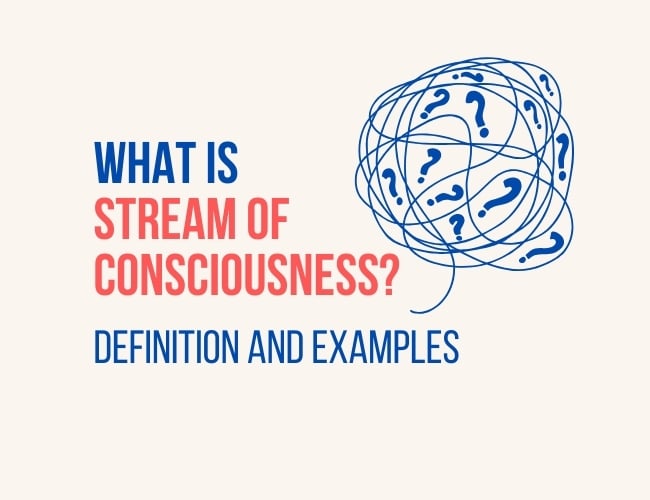
“Stream-of-Consciousness” is a literary technique that focuses on sensory details, what we see and hear and feel and think in the moment. It’s usually written in incomplete sentences that jump around as they please. It’s the type of writing that tells you to completely forget everything else you’ve learned about writing and give in to the flow of ideas.
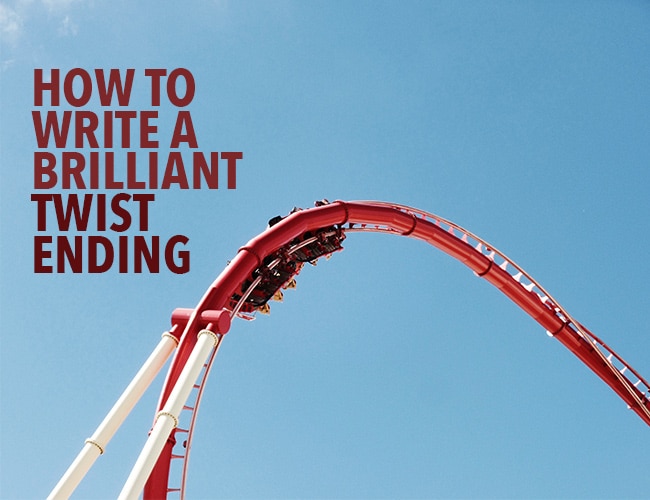
Don’t you love a great twist?
Often appearing in the middle or at the end of a story, a twist can completely transform the reading experience into a wild ride where anything can happen. But executing a twist isn’t easy, and if done improperly, can leave your reader feeling deeply disappointed.
And that’s just what many writers unsuspectingly do.
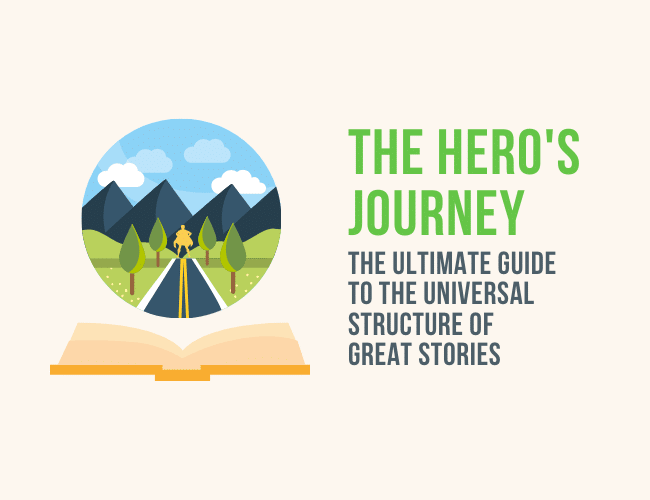
At one point in your writer’s life, you’ve probably come across the term Hero’s Journey. Maybe you’ve even studied this guide for storytelling and applied it to your own books—and yet, something about your own application felt off. You wanted to learn more, but didn’t know where to start.
You needed a resource that would simplify the hero’s journey steps and all the other major details instead of complicate them.
You needed this post.
The Hero’s Journey is as old as humanity itself. And over the history of humanity, this single story form has emerged over and over again. People from all cultures have seemed to favor its structure, and its familiar types of characters, symbols, relationships, and steps.
If you want to build or strengthen your writing career and win a following of many happy readers, you want this particular tool in your writer’s toolbox.
Let’s dive in.

If you’ve watched any one of George Lucas’s Star Wars films, read or watched any of J.R.R. Tolkien’s The Lord of the Rings books or films then you’ve experienced the hero’s journey. I’ve walked my creative writing classes through these stories numerous times, helping them identify and emulate the story principles.
Part of what makes these stories so compelling is that they follow a character from their ordinary life into an adventure they couldn’t have imagined, leading to personal transformation.
Try one of our 25 hero’s journey story ideas to write your own adventure!
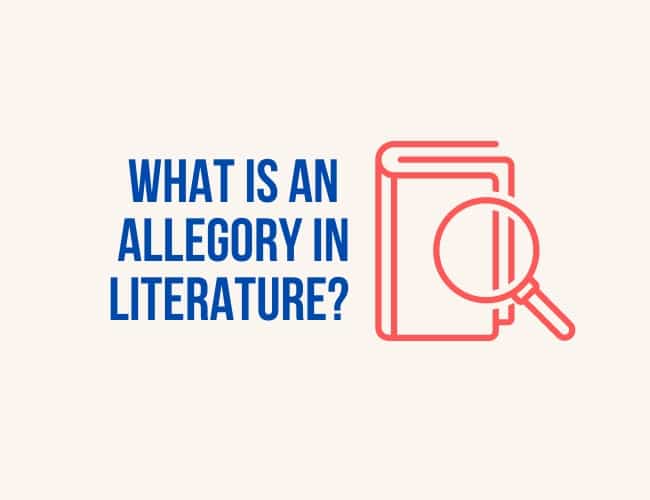
Allegory is one of those literary terms you’re pretty sure you learned about in school, but it can be difficult to put it into words. So what is an allegory in literature? Today you’ll be able to define it and identify allegory in some well known examples whether you’re studying allegory for school or for your own writing!
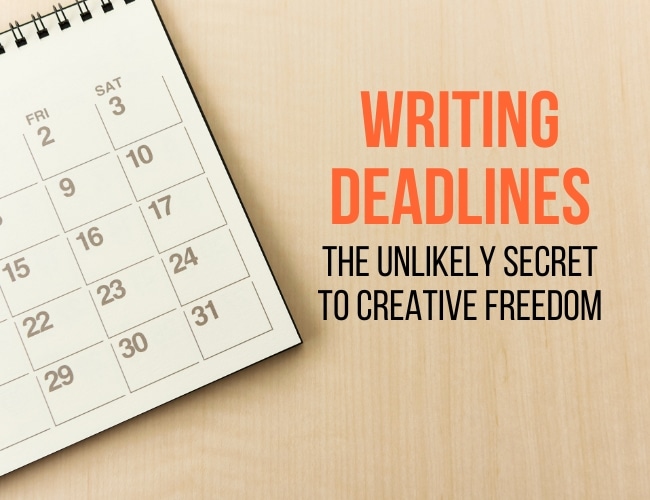
I’m a firm believer in deadlines.
Some will argue that creativity has no end point and that they can’t be inspired if there’s a timeline. If that mindset results in powerful writing and stories that resonate with readers as regularly as you’d like, then go forth and continue with the process that is working for you!
If, however, you can’t seem to finish in the time and manner you desire, a little deadline practice might be just the thing you need to propel your writing forward.
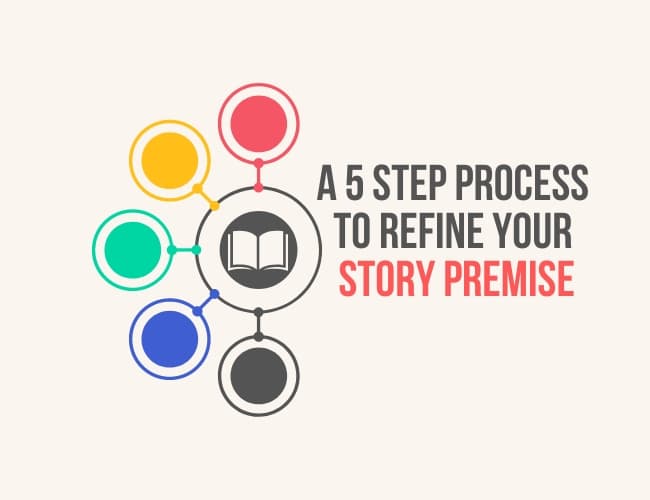
Writers working on their first drafts often have trouble taking an initial idea all the way to a finished first draft and ultimately a final draft. Why? It could be a number of reasons, but the one I see most often is an unfocused story premise. Let me show you how a...

Today, Joe brought my attention to a strange quirk of the English language: we use “whose” for inanimate objects. It sounds so weird when you use the phrase like, “I placed the iPhone whose screen is broken in the bin,” but it’s technically grammatically correct.